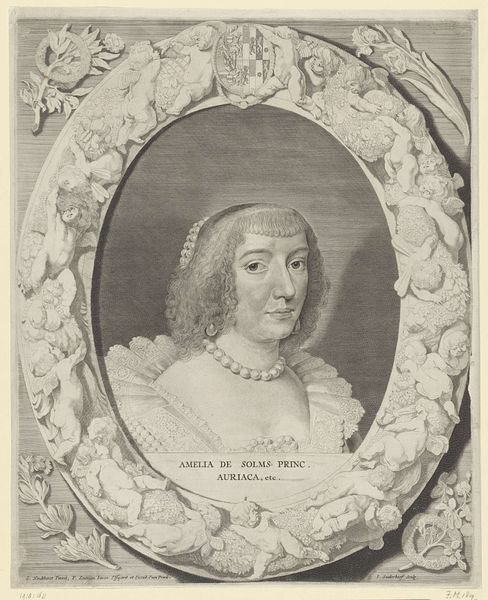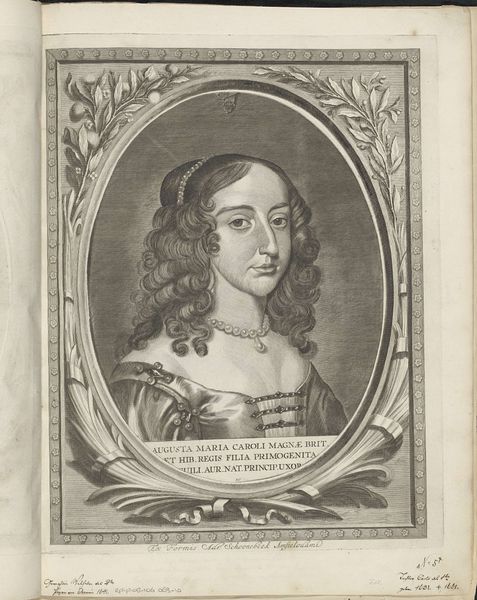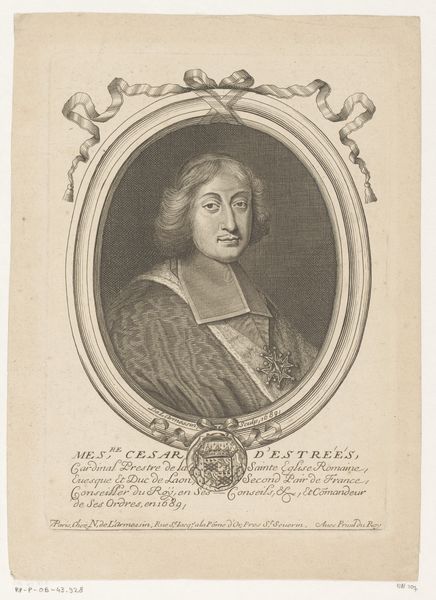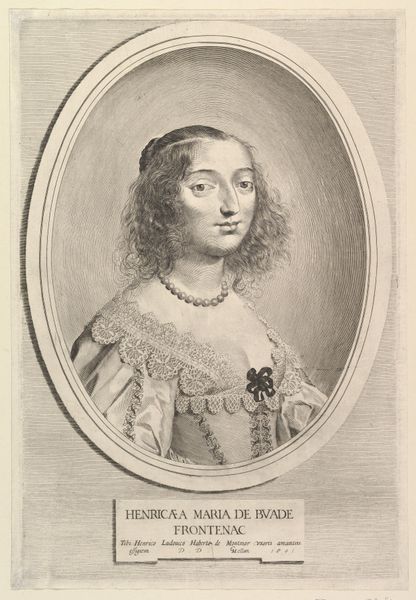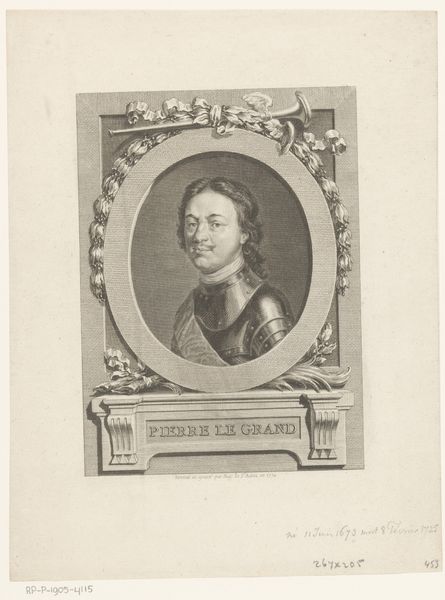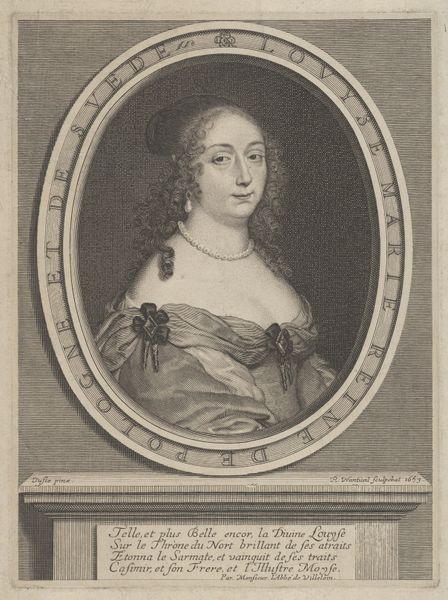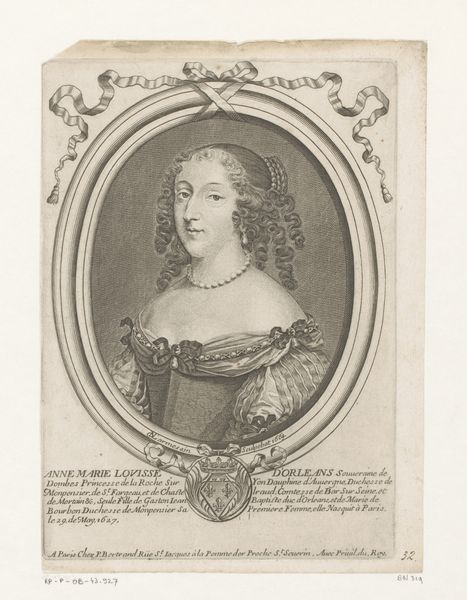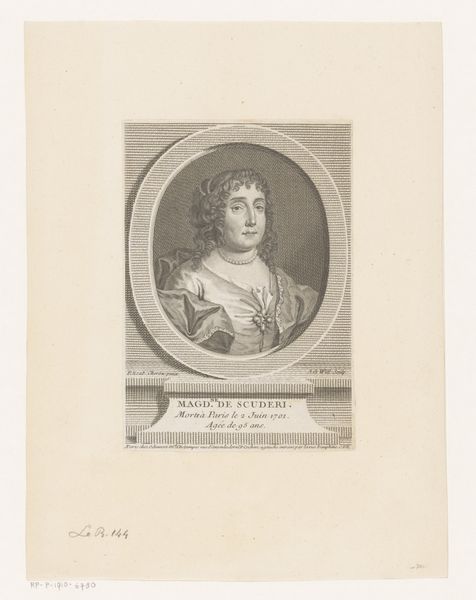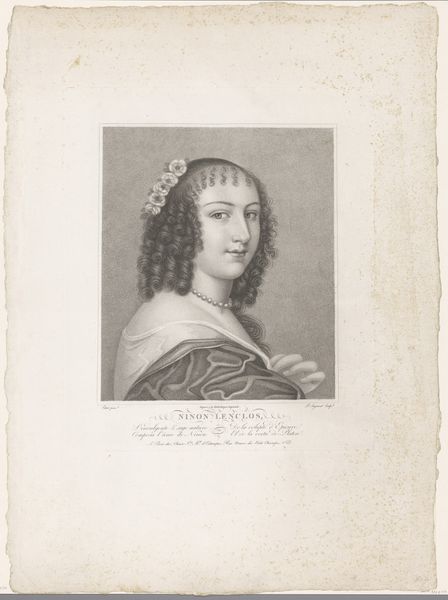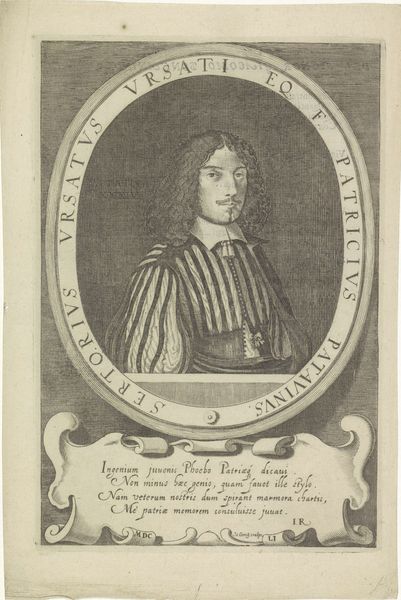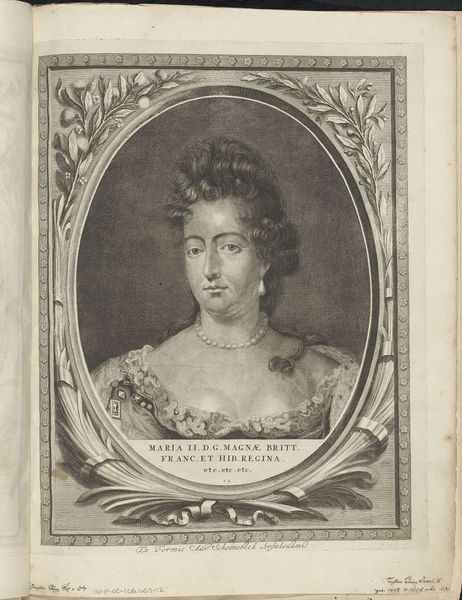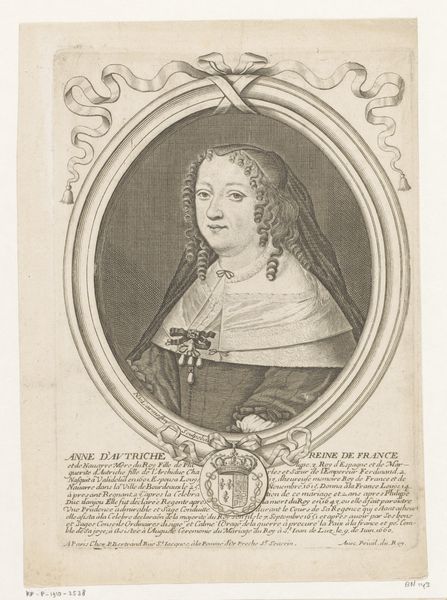
print, engraving
#
portrait
#
baroque
# print
#
engraving
Dimensions: height 462 mm, width 348 mm
Copyright: Rijks Museum: Open Domain
Editor: This is a portrait of Amalia van Solms from 1689, made by Jonas Suyderhoef. It's a Baroque-style engraving. It strikes me as quite formal, almost like a royal stamp of approval. How do you interpret this work, seeing it now? Curator: Well, considering the social history, engravings like this were crucial in disseminating images of power. Amalia van Solms was a key figure in the Dutch court, a refuge for exiled royalty. So, this isn't just a portrait, it's a carefully crafted piece of political communication, wouldn't you say? Editor: Absolutely, a controlled presentation! But who was the audience for this "communication," and what message were they meant to receive? Curator: The audience would have been a broad public, keen for access to imagery representing wealth, status, and nobility. By circulating portraits of powerful figures, it reinforces their position and legacy but also satisfies the public’s desire to see and almost interact with this wealth. It was distributed quite widely for those times! Did the production method give you any clue? Editor: It being an engraving explains its wider availability compared to painted portraits which would stay confined. Does that affect how we perceive Amalia's influence today? Does the medium grant a certain power in itself? Curator: Precisely! The print makes her accessible, repeatable. It's interesting how reproductive media democratize imagery yet simultaneously re-entrench social hierarchies. I never quite thought about its ambivalence this way, thanks! Editor: Thinking about the art through that historical lens has really transformed how I see it. Thanks for shedding light on its message beyond the surface.
Comments
No comments
Be the first to comment and join the conversation on the ultimate creative platform.
